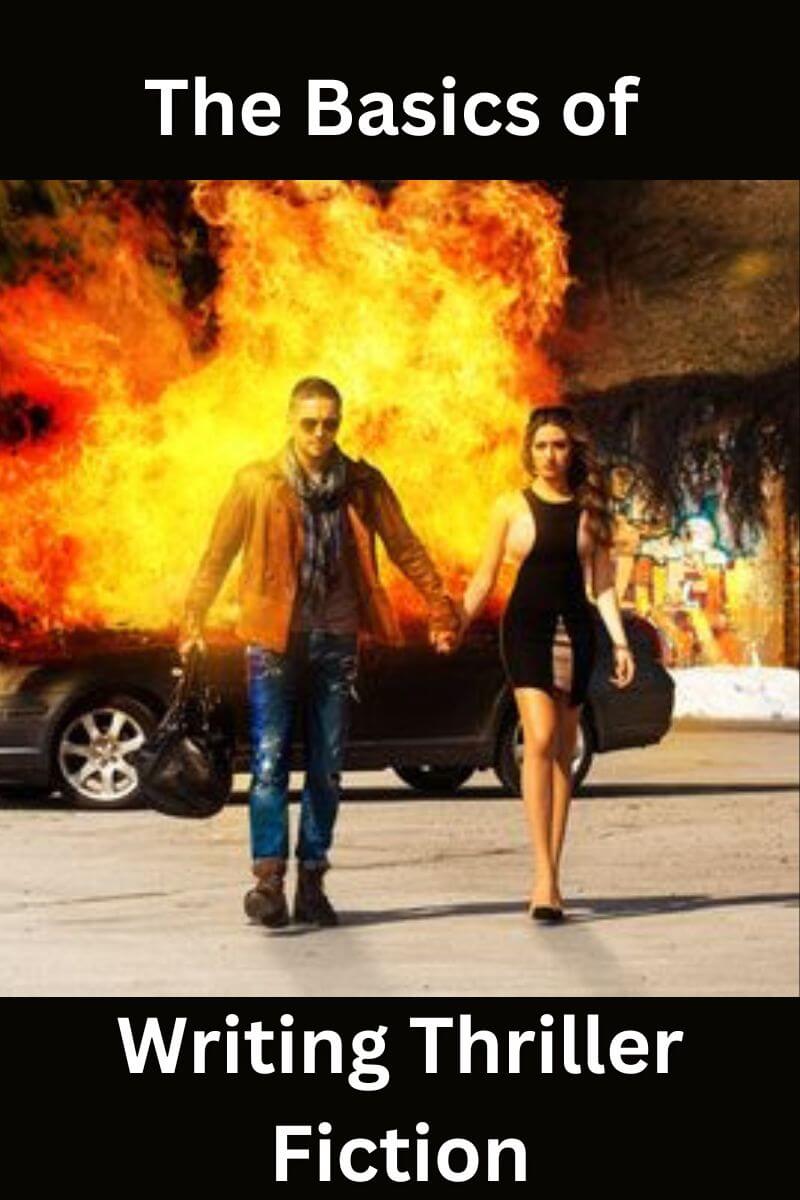The difference between the impact character and relationship throughlines
by 1017
Question: Despite reading your very helpful webpage, the questions and answers section, and even other websites I am still having a difficult time distinguishing the Impact Character Throughline from the Relationship Throughline.
On your site for the Impact Character Throughline it says: "The impact character shows the main character an alternative way to deal with problems, which may or may not be better"
The signposts under this seem to reiterate that the impact character, through his throughline is impacting the main character, or visa versa. Isn't your impact on a person a relationship? Or to put it differently, isn't influencing someone or being influenced by someone by word or deed a relationship?
Then what's the difference between the Impact Character Throughline and the Relationship Throughline?
Be as wordy as you like, I might need it. An example would be great too if you have the time.
Answer: The Relationship throughline is probably the most overlooked by theorists (apart from Dramatica), even though it is often developed unconsciously by authors. Because it's less obvious, it's a little trickier to define. But it is worth considering, since it represents the missing perspective that makes a story complete. Here are some things to consider...
Dramatica argues that every complete story has four perspectives.
The Overall Throughline is a "They" perspective. It's like a birds' eye view of a battle.
The Main Character Throughline is an "I" perspective. It's like seeing a battle through the eyes of one soldier in particular.
The Impact Character Throughline is a "You" perspective. The reader does not look through the eyes of the impact character but looks "at" the impact character through the eyes of the main character.
The Relationship Throughline is a "We" or a "You and I" perspective. Often it's the perspective of "us vs. the world" or a perspective that is "ours but not the world's." It's the kind of perspective that often develops between close partners or friends, or within romantic relationships, or even sometimes between heroes and villains.
For example, in Star Wars, Luke and Obi wan Kenobi have a perspective that is different than the world around them, because they share a belief that what is inside a person, is more important than technology or elements of the external world. They also have a shared history, because of Luke's father, that no one else is part of. The progress of their relationship is distinct from Obi wan's efforts to train Luke.
In romances, the Relationship Throughline often gets more emphasis than the Overall Throughline. Twilight is an example of this.
The Relationship Throughline explores how things stand between "us," how our relationship changes, how we stand in relation to each other, how we see things. Often you get the biggest arguments in the Relationship Throughline because the issues matter more within the context of a key relationship.
The Relationship Throughline usually has its own crisis, which is distinct from the Overall or Main Character's crisis. In romance fiction, the relationship crisis is often called the "black moment." It's the moment when it seems the relationship has suffered a blow from which it may very well not recover (for example, the death of Obi wan, or Edward being forced to drink Bella's blood and thus become no different than the monster he has tried to protect her from). In a conventional romance, it might be a break-up or an apparent act of disloyalty.
Just as there are four throughlines, there are four resolutions to a story...
The Outcome: whether the Story Goal is achieved).
The Judgement: whether the main character ends up better or worse off.
The Impact Character's resolution: whether this character ends up better or worse.
The Relationship resolution: how things stand between the main and impact characters at the end of the story. Are the issues between them settled? Are they together or broken up? Are they at peace or war?
Bear in mind that an Impact Character does not have to be in a formal relationship with a main character to have an influence. For instance, you might have a main character who idolizes someone from afar. He might be influenced by watching a musician, politician, or sports star - maybe by reading the words of a character in fiction, mythology, or history. However, you might develop the Relationship Throughline by having the main character encounter the impact character either in real life, dreams, or imaginary conversations.
Sometimes it can be interesting to create a sharp contrast between an impact character's influence and the relationship. For instance, watching the sad deterioration of an alcoholic parent might influence the main character to make different choices in life. But at the same time, you could have their relationship evolve in a very positive way.
Comments for The difference between the impact character and relationship throughlines
|
||
|
||
|
||
- Home
- Plot Questions
- The difference between the impact character and relationship throughlines











